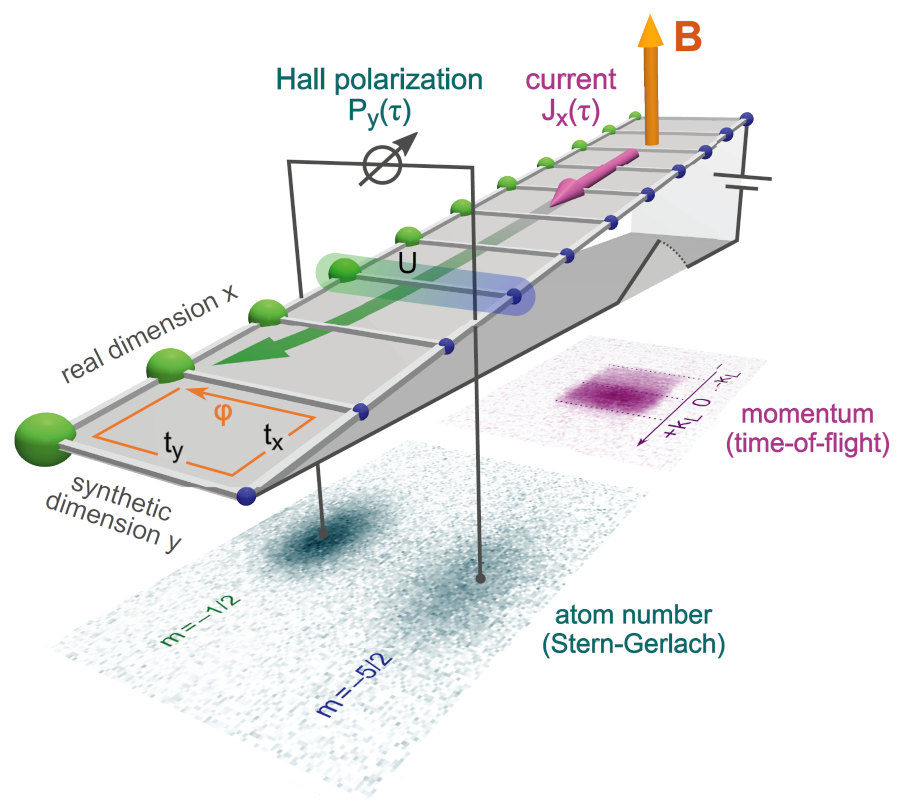 |
The Hall effect, which originates from the motion of charged particles in magnetic fields, has deep consequences for the description of materials, extending far beyond condensed matter. Understanding such an effect in interacting systems represents a fundamental challenge, even for small magnetic fields. In this work, we used an atomic quantum simulator in which we tracked the motion of ultracold fermions in two-leg ribbons threaded by artificial magnetic fields. Through controllable quench dynamics, we measured the Hall response for a range of synthetic tunneling and atomic interaction strengths. We unveil a universal interaction-independent behavior above an interaction threshold, in agreement with theoretical analyses. The ability to reach hard-to-compute regimes demonstrates the power of quantum simulation to describe strongly correlated topological states of matter. T.-W. Zhou et al. |
LAST NEWS
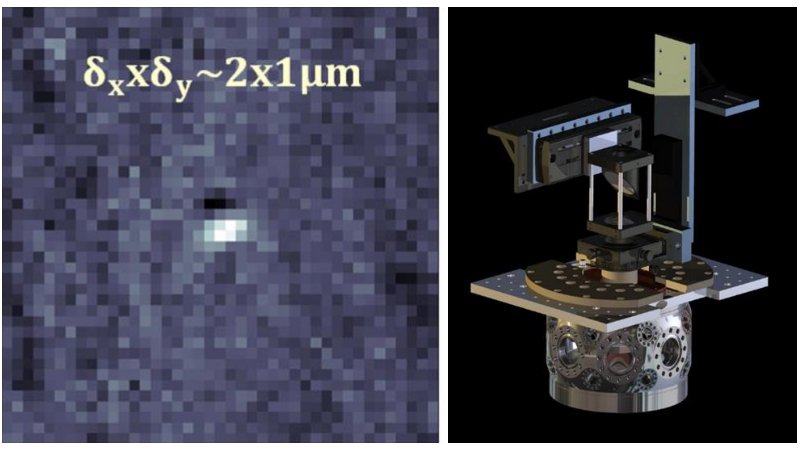 |
We have completed the design and testing of a custom high-resolution objective with a long working distance. The microscope consists of a commercial aspheric lens plus a meniscus lens and has a diffraction-limited resolution of 1.2 micron at 766 nm. We have performed some preliminary tests by recording the in-situ density distribution of a strongly attractive 41K-87Rb mixture. The measured size of the cloud is in agreement with the simulated density profiles in this interaction regime. We are going to detect our quantum mixture through its phase diagram with micrometric resolution! |
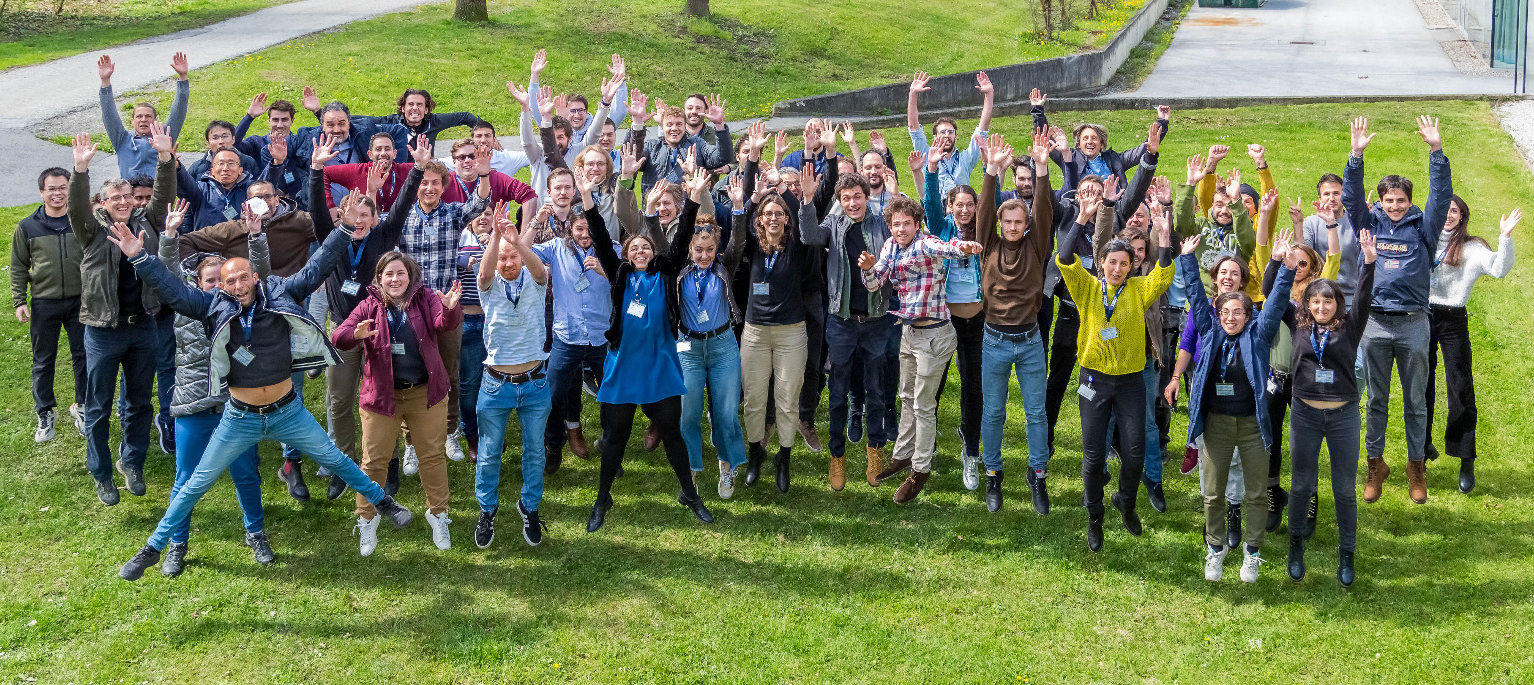 |
On 17th-19th April we were in Innsbruck for a joint meeting with the research groups on Ultracold Atoms at IQOQI and University of Innsbruck. Great to be there discussing ultracold physics with old friends of ours and so many young researchers!
Many thanks for the perfect organization and warm hospitality in Innsbruck. See you in Florence next year! |
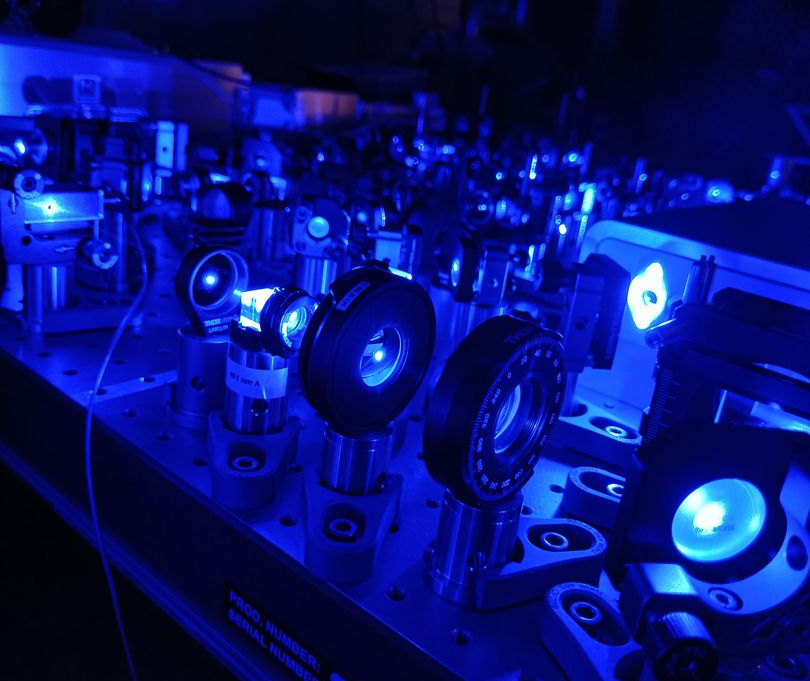 |
We have completed the optical setup for a 461 nm laser source that will be employed for slowing down, capturing in a 3D MOT and imaging Strontium atoms in the FloRydberg platform. Blue MOT, we will be there soon! |
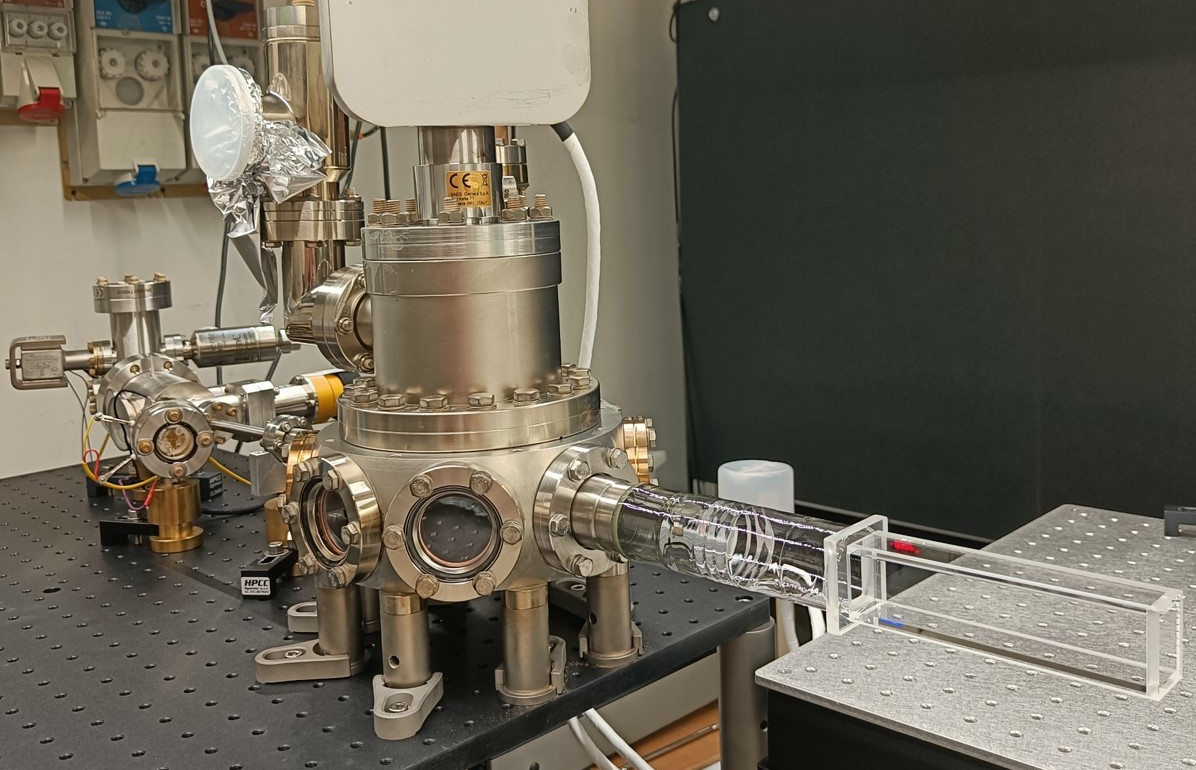 |
We finished the assembly and baking of a really compact ultra-high vacuum apparatus. Ready to host Strontium atoms!. |
